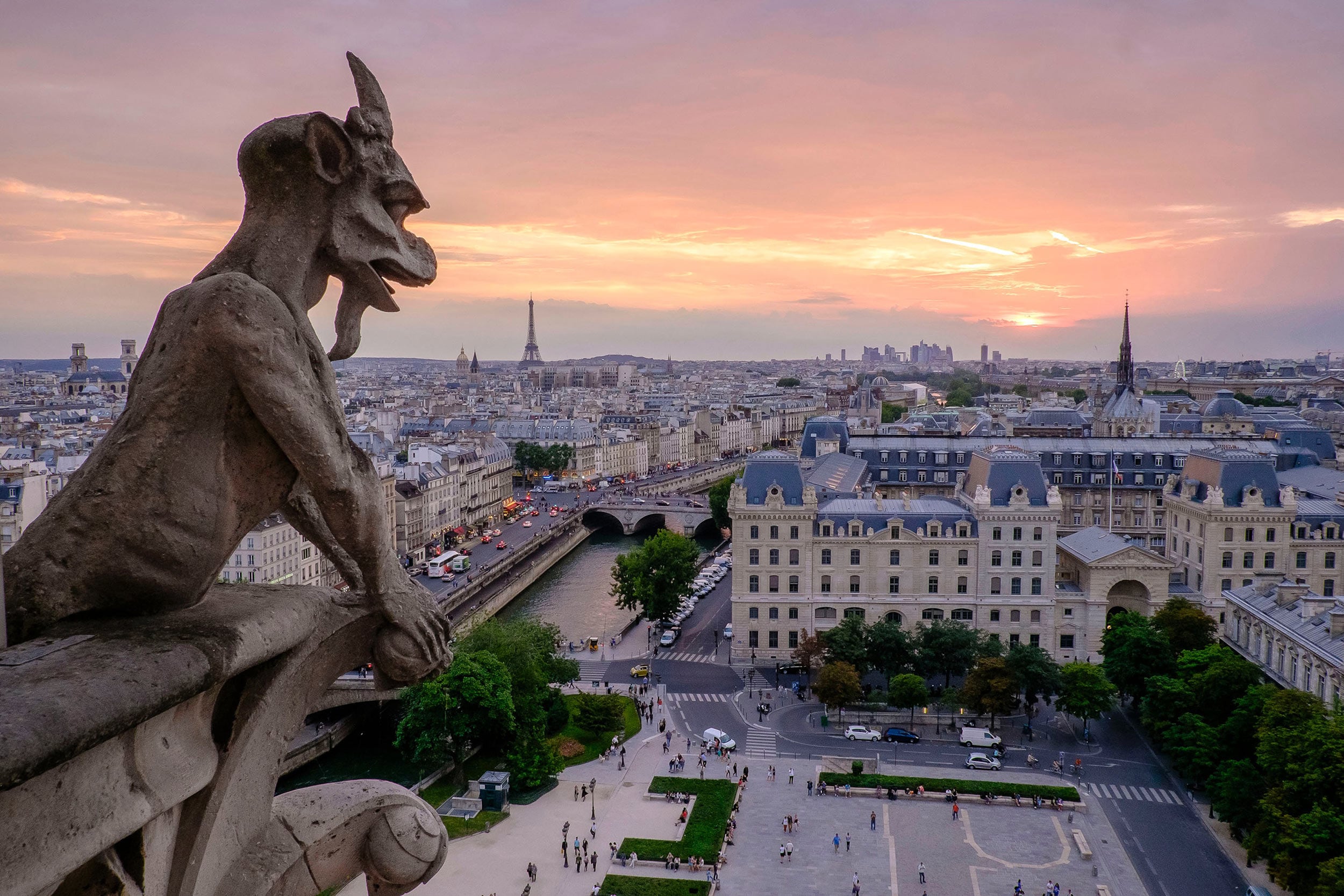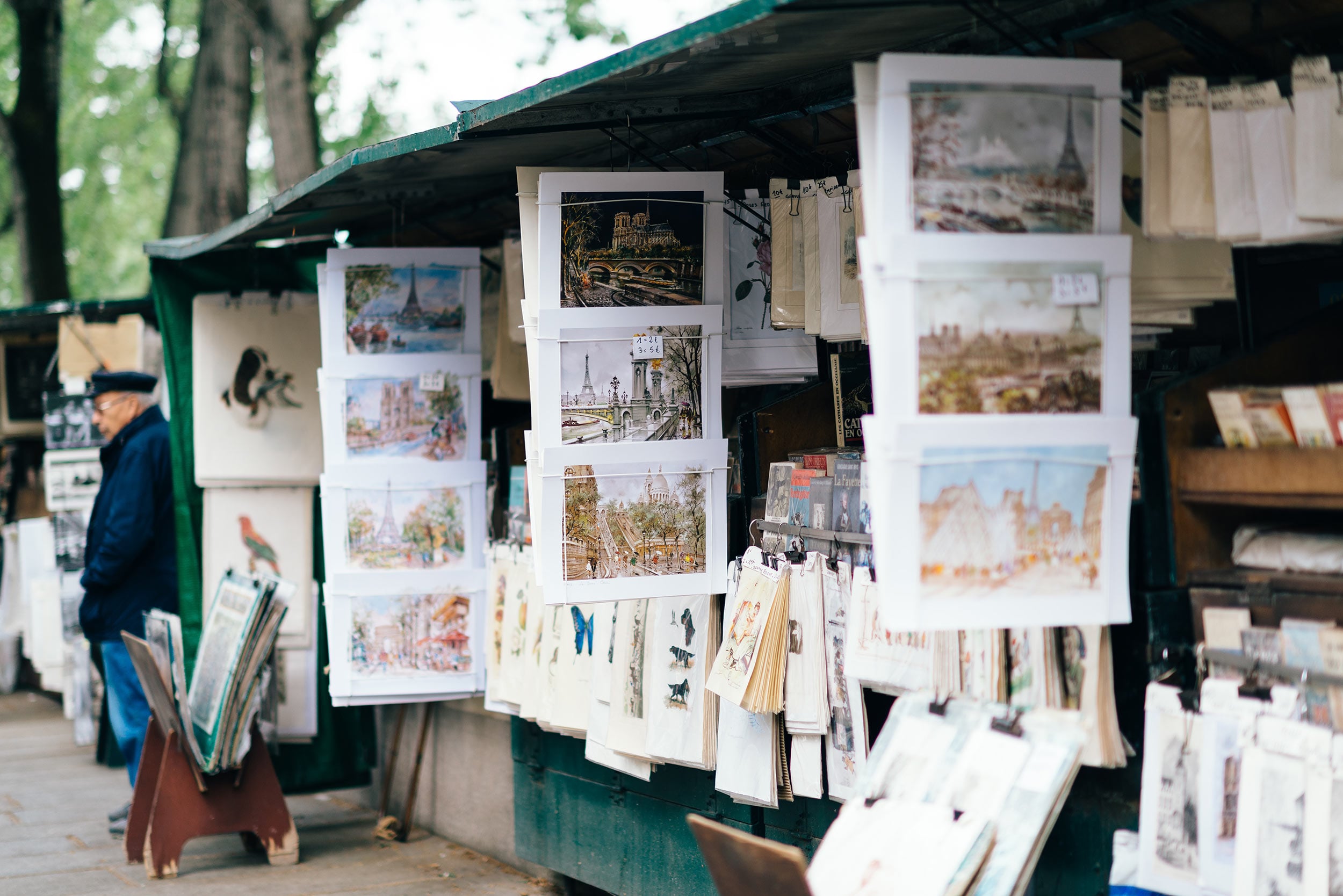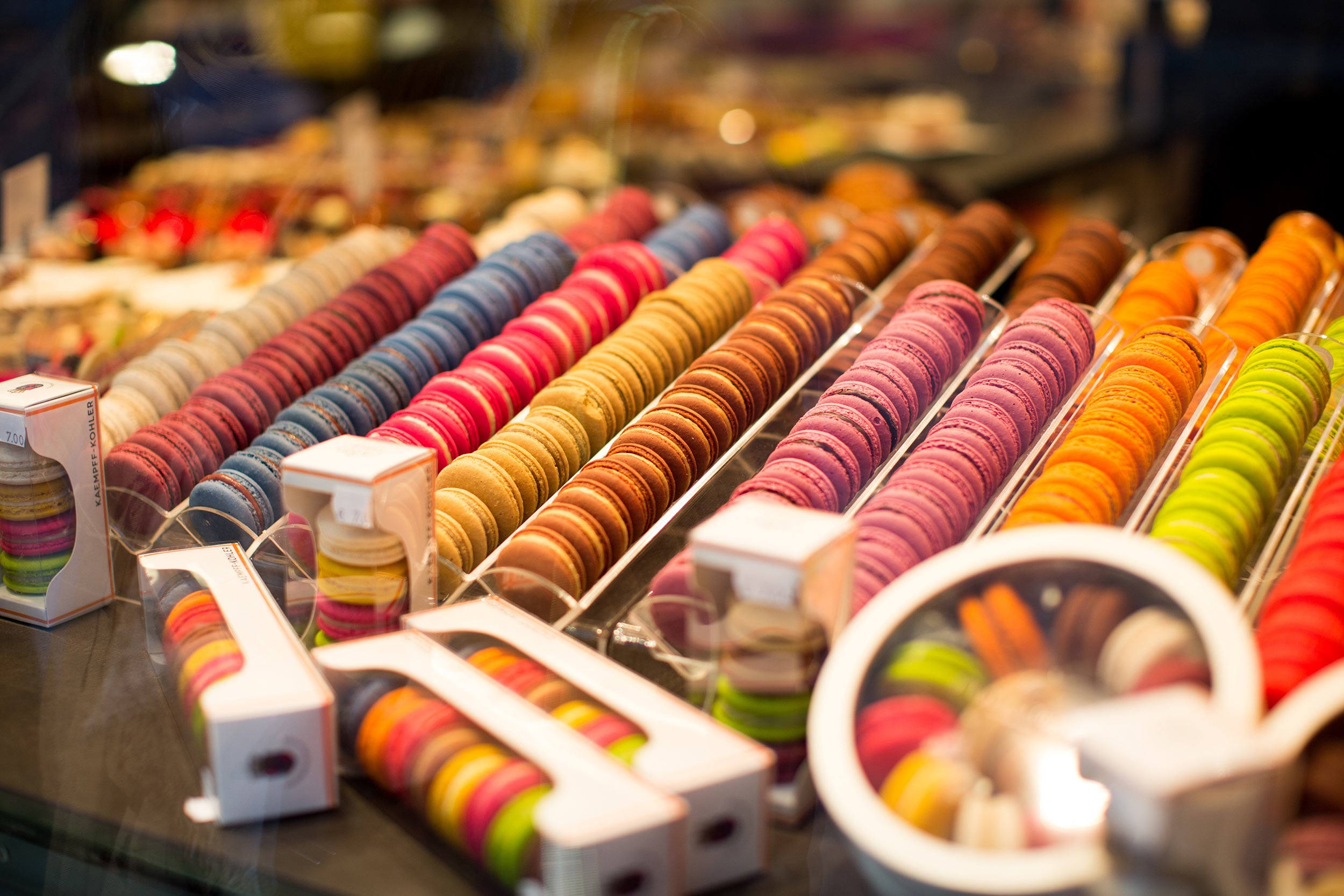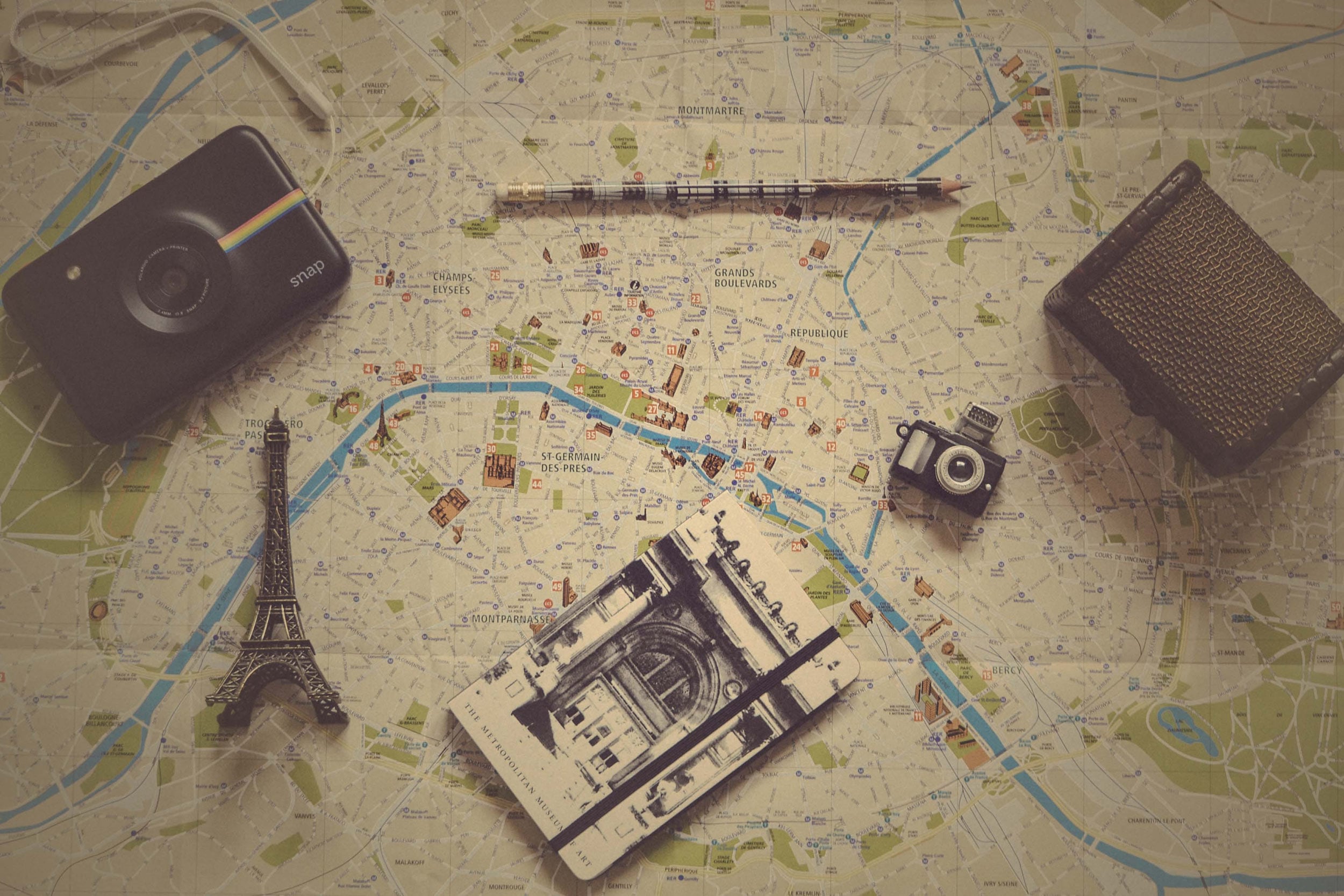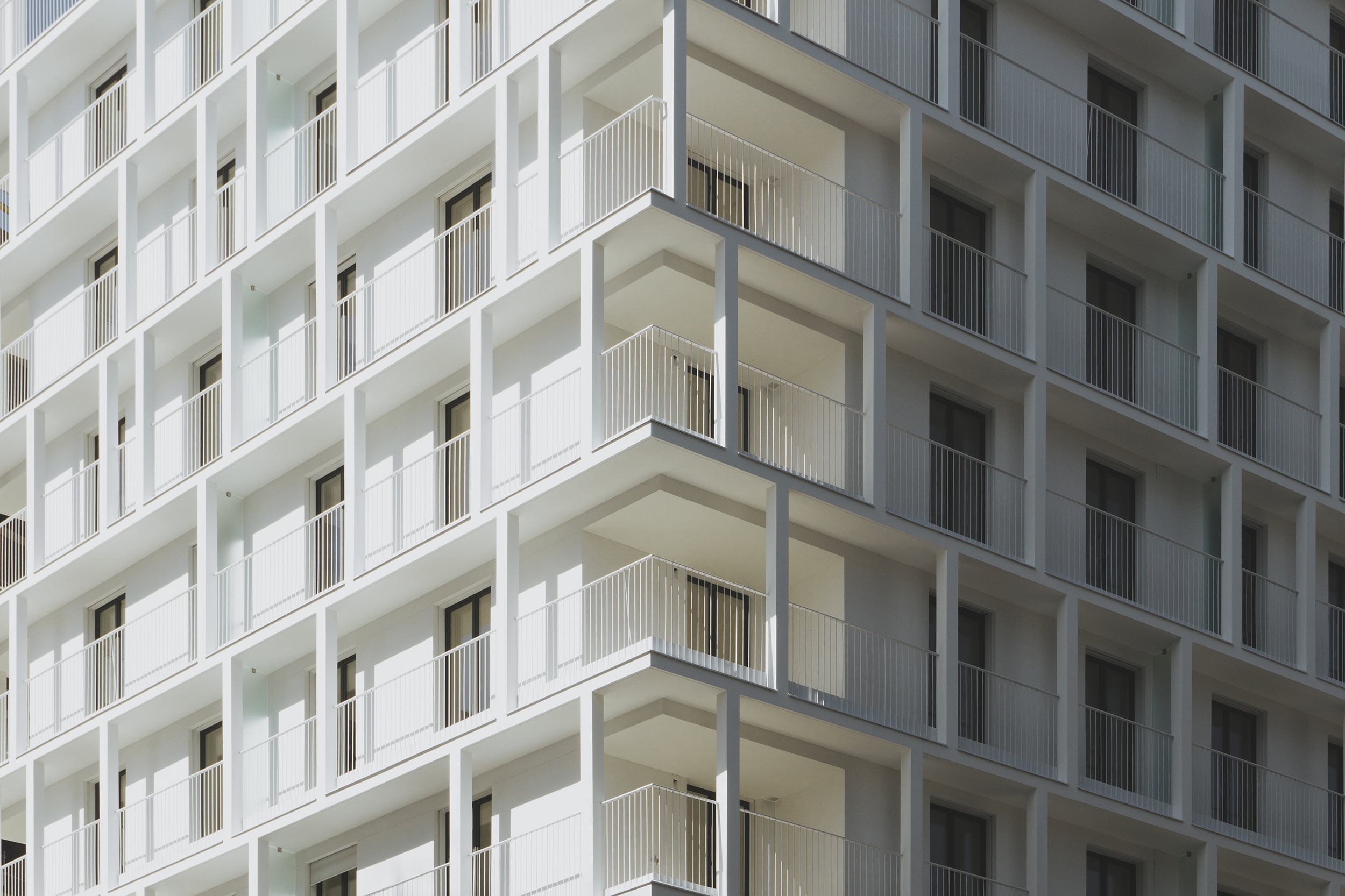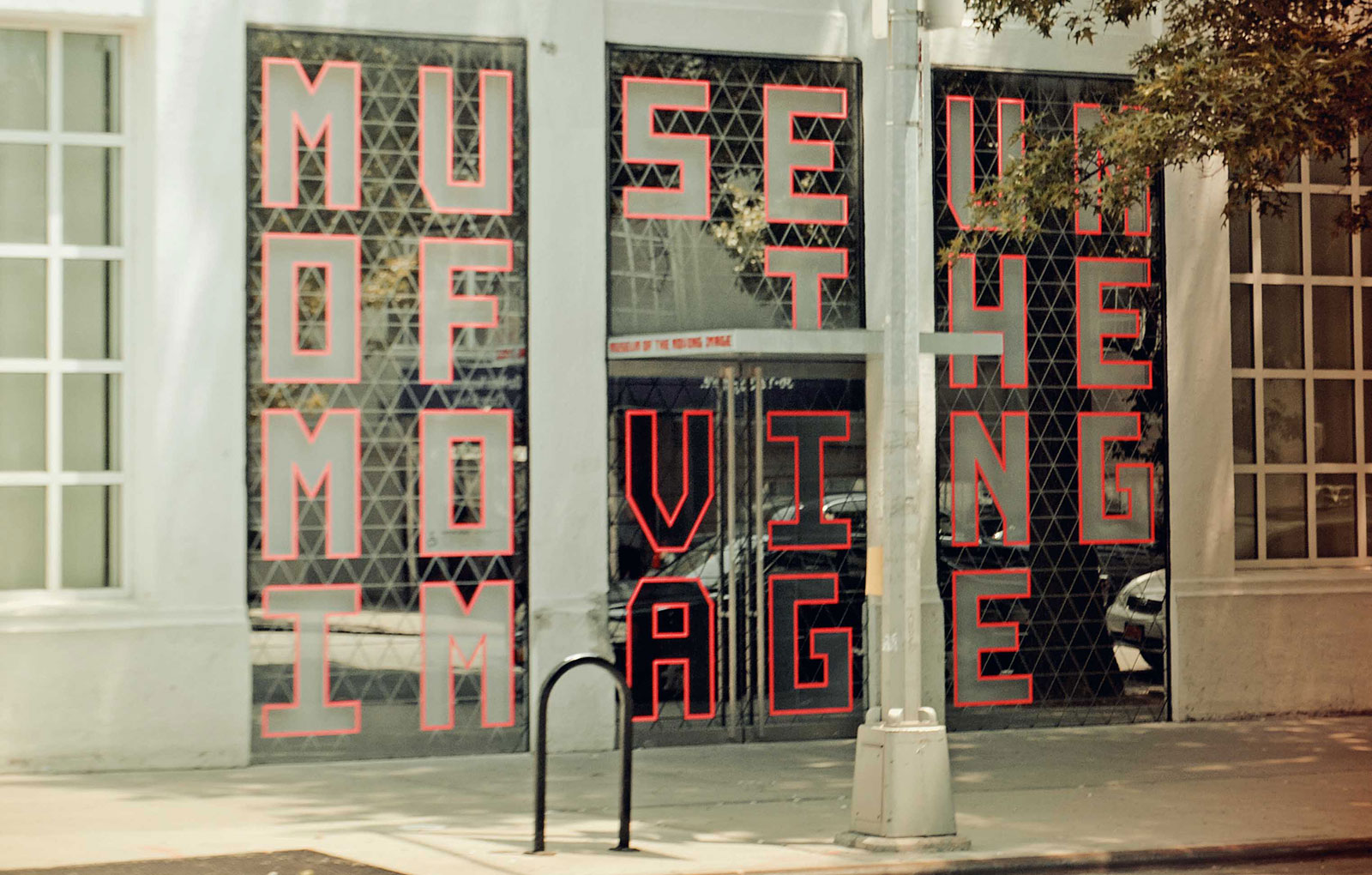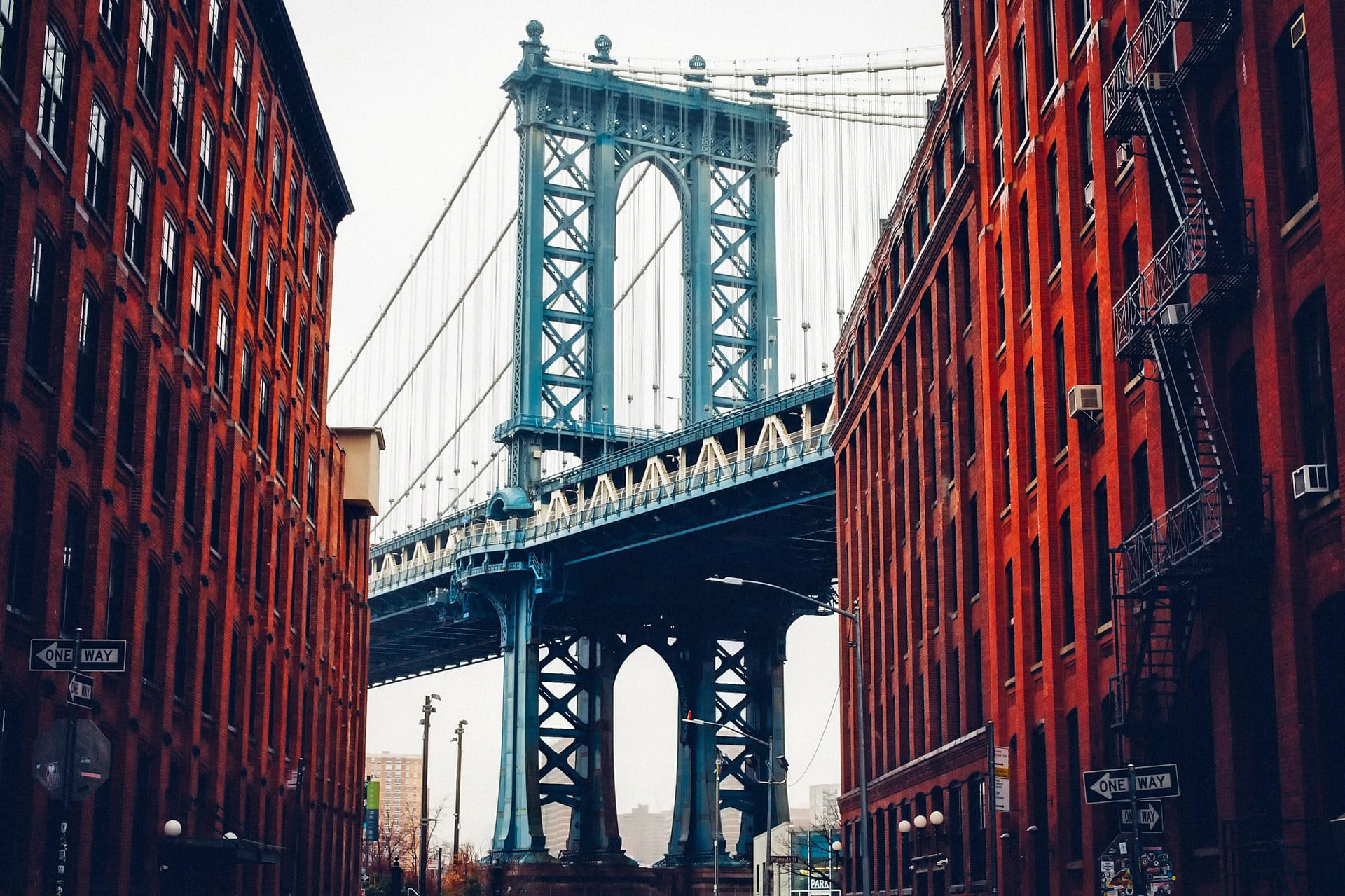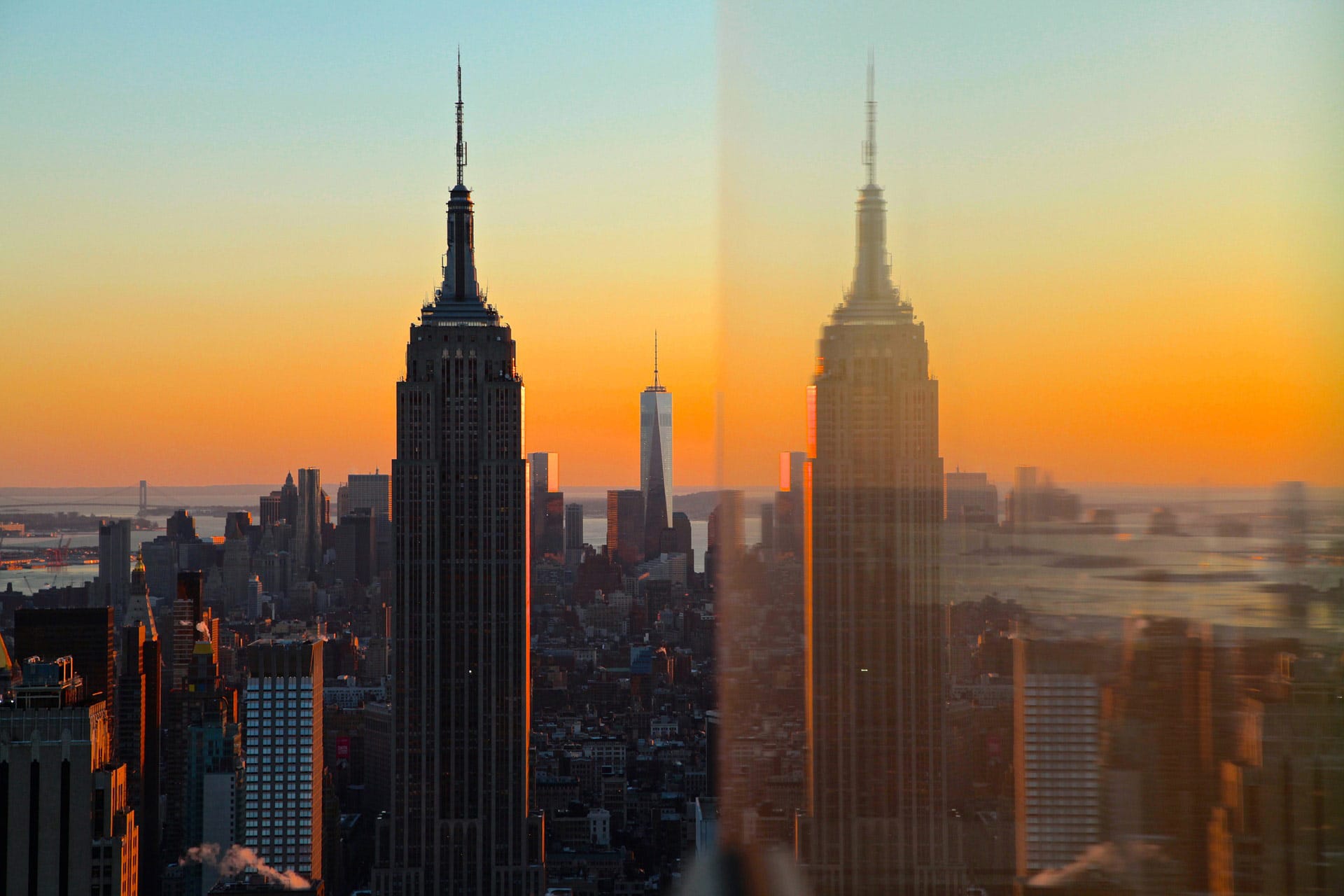Midnight In Paris (2011)
The most appreciated location is the Restaurant Polidor (41, rue Monsieur Le Prince, metro: Odéon), that’s not a laundromat and it still exists and serves French cuisine every day since 1845. It’s the place where Gil, the main character, convinces Hemingway to take a look at his novel. Apparently, Papa often went to this pub accompanied by writers like Paul Verlaine and James Joyce.
The Da Vinci’s Code (2010)
After the huge, worldwide success of Dan Brown’s book, a real mass phenomenon was spreading in the French capital. People would hunt for the clues told in the book and afterwards in the movie by Ron Howard starring Tom Hanks (Robert Langdon). The most curious site is definitely inside the Saint Sulpice Church (2 Rue Palatine, 75006 Paris), known for the passage of the Rosa Kine, first meridian of the world.
The curiosity towards this column with a brass line crossing in the middle, pushed the leaders of the church to expose a sign with the explanation of its real scientific-astronomic function and that the letters P and S on the small windows stand for Peter and Sulpice, the patron saints of the church, not for the fictional “Sion Priory”.
Amélie (2001) (Le Fabuleux Destin d’Amélie Poulain)
Could you mention Paris without mentioning the flavorful and curious Amélie Poulain? Th tale of simple life in Montmartre, between the Café des Deux Moulins (15 Rue Lepic, angolo con rue Cauchois), where she works, the fruit and vegetable shop Au Marche de La Butte where Mr. Collignon abuses poor Lucien (56, Rue des Trois Frères) and the neighborhood life along Rue Lepic.
If you want to experience her adventure looking for Nino, a mandatory stop is at the subway station La Motte-Picquet-Granelle, where Amélie, with her nameless love, hung up posters that spelt out “Where and When?”
However, the mystery of the man who left his photos on the metro was solved at the Gare de l’Est: the photo booth is inside a room, called Salle de pas perdus.
The Dreamers (2003)
Controversial and full of quotes, Bertolucci’s movie uses Paris as fourth protagonist, with its lively and full of life backgrounds. It was set in spring during the student movements of 1968, living up to the beautiful locations that have remained unchanged. The Cinematheque Francaise, where the young American Matthew (Michael Pitt) studied and met his new crazy friends Théo (Louis Garrel) and Isabelle (Eva Green) for the first time, is the Palais de Chaillot – work of the architect Frank Gerry– who you can see in the background of the first scenes, while wandering around the city.
The scene in which they try to break the record in running across the Louvre – with explicit quote of the 1964 movie Bande à part – lowering it by 17 seconds, is a definitely a memorable one. The scene was of course shot inside the most popular Parisian museum.
You can also catch a glimpse of where they lived during their long period of cohabitation: the recognizable entrance of their home is located in Place de Rio De Janeiro.

